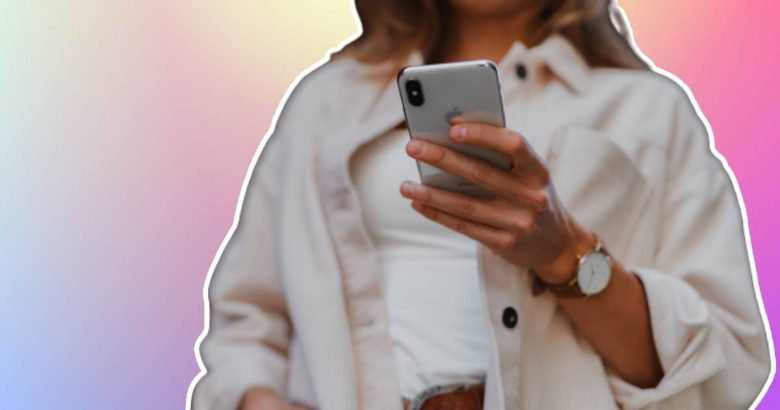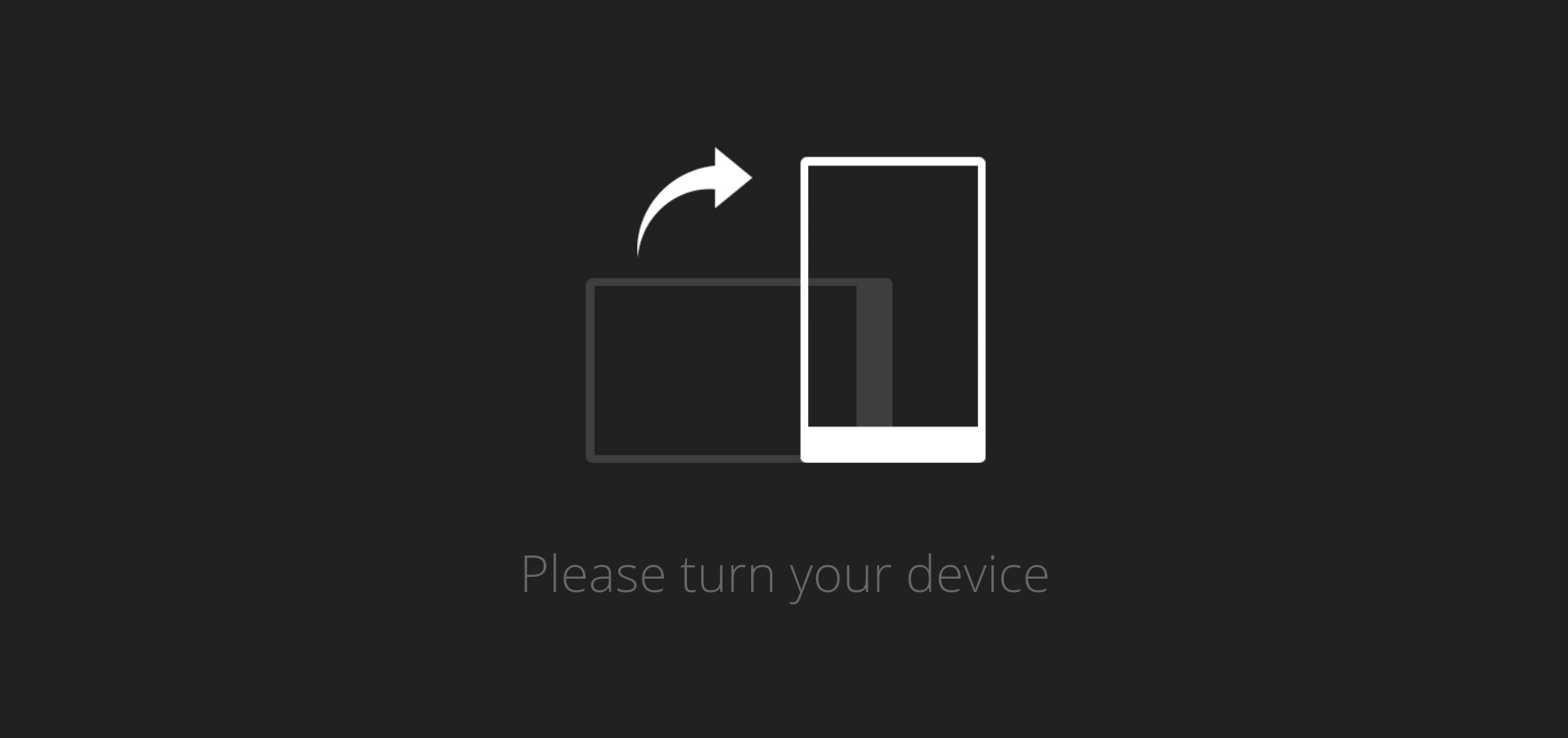
In 2021, Queer-Only Dating Apps Are More Important Than Ever
As soon as I started chatting to my current partner online, they made sure we’d clarified two key pieces of information about each other: our pronouns and our star signs.
They’d posted: “butch non-binary dyke looking for the carabiner to my belt loop”.
I’d responded: “your ad is cute, come check out my carabiner collection this weekend?”.
Several months earlier, I’d gone through a breakup and taken the classic heartbreak step of re-downloading the dating apps. I readied myself for lacklustre conversations, occasional ghosting, and countless terrible bios.
Then a friend showed me Lex, an LGBT text-based social and dating app, which had stepped on the scene to create a space for “queer, trans, gender non-conforming, two spirit and non-binary people” to meet potential partners and make friends. I’d never considered the magic of an all-queer dating app before: a space that could be filled with community and diversity, a bubble away from the eyes of the hetero world.
So Many Types, So Many Swipes
When you’re queer, navigating dating apps designed for straight people can be a chaotic and terrifying ride. Telling men I’m queer can lead to gross comments, and telling any cis match that I’m non-binary can lead to invasive questions.
Of course, it all comes down to individuals, but the strong anti-discrimination policies on apps like Lex — “no transphobia, no racism, no fatphobia, no ableism” — means these apps feel safer.
Trans people are often pigeonholed into incorrect genders, and even arbitrarily removed after transphobic users report them. It’s a move acknowledged plainly by Tinder’s #AllTypesAllSwipes campaign, during which the company stated it “hadn’t had the right tools to serve our diverse community in the past”.
That’s why queer-only dating apps matter. The dating app giants like Tinder, Bumble, and Hinge are making steps to include the LGBTIQA+ community, but there is still a long way to go.
“As someone who’s non-binary and pansexual, if I turn on all preferences on a more straight dominated app I’m bombarded with cis men misgendering and fetishising me, and a lot of unicorn hunters too,” Cat Franke (they/them) told Punkee, referring to couples looking for a queer person to join a threesome.
“If I keep [my preferences] on female only, I ignore part of my sexuality that is attracted to trans and non-binary folks,” said Cat.
Filling The Void of Queer-Only Spaces
A key part of queer spaces, either digital or in the real world, is safety and community.
My partner Jess (they/them) — from the aforementioned famous carabiner ad — explained the safety queer dating apps can offer.
“As a trans non-binary person, it’s not really ideal to have an inbox full of people that you have to explain your pronouns to,” said Jess. “For me, it’s knowing that a cis straight man can’t make their way into the app, which makes me feel safer.”
Emma (she/her) has had a very wholesome experience on Lex. Her adventures led to “buying a great secondhand guitar, being sent a great playlist, getting included in an email thread with readings for a university queer creative writing course, and being in a group chat that did the cryptic crossword together.”
And for Az (he/him) the anonymity of a space like Grindr provided safety. “Being a queer Muslim who only came out to my family in my mid-20s, and was not out at the time, I liked the fact that I didn’t have to use my real name and only provide pictures when I got to know someone and felt safe to do so,” he told Punkee.
Of course, there will always be the possibility of a toxic culture and problematic people in these spaces. Remy Ondrey (he/him) told Punkee he’s experienced “a colourist and body-shaming culture that permeates through the gay male community” especially on Grindr.
How Personal Ads Of The Past Inspired A Dating App Of The Future
Acknowledging the problem Remy described is presumably one reason behind Lex’s preference for text over pictures.
Lex’s was inspired by the queer personal ads of the past, like those from On Our Backs, a women-run erotica magazine of the 1980s and 1990s, where queer folks could share who they were and what they were looking for.
Ivy Omglol (she/her), a queer and trans history nerd, has attended events held by Australian Queer Archives and is somewhat of an expert when it comes to these ads.
“It’s an incredible window into how people saw themselves and their identities at that time,” she told Punkee. “Because the transmisogyny in what we call ‘Australia’ has always been so intense, the classifieds were a space for trans people — who at the time called themselves crossdressers or transvestites — to share those things without the repercussions.”
“Those repercussions are very real today, but because of the Internet, there are more avenues than the classifieds, and perhaps that’s why Lex has become so popular,” said Ivy.
A Guide To Queer Dating Apps In Australia
There’s a minefield of dating apps at the moment, with varying levels of queerness built into their frameworks. Here’s a non-exhaustive list:
- Lex: A text-based app specifically for LGBTQIA+ folks, with a strong anti-discrimination policy. A focus on “text first, selfies second”.
- HER: A lesbian, queer, and bi dating app “To Help You Find Your Perfect Match”
- Feeld: Previously (and hilariously) named 3nder, Feeld is an app for couples and singles of any gender and sexuality. It’s not specifically queer, but has a huge queer, polyamorous and kinky user base.
- Taimi: A part-Instagram-part-Tinder social media and dating website.
- Grindr: A gay hook-up app, Grindr’s recently made a rebrand as an app for gay, bi, trans, and queer people”, but still has a high user base of cis gay men.
- SCRUFF: An app that calls itself “the most reliable app for gay, bi, trans and queer guys to connect,” and is specifically for men seeking men.
